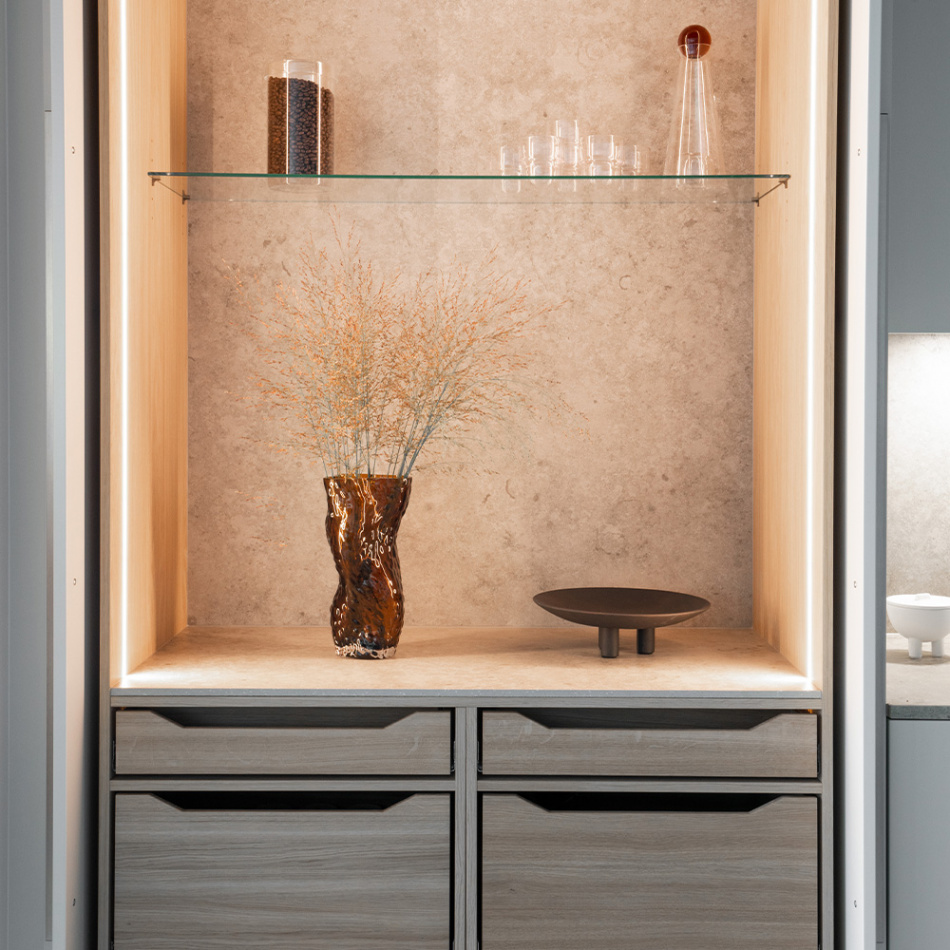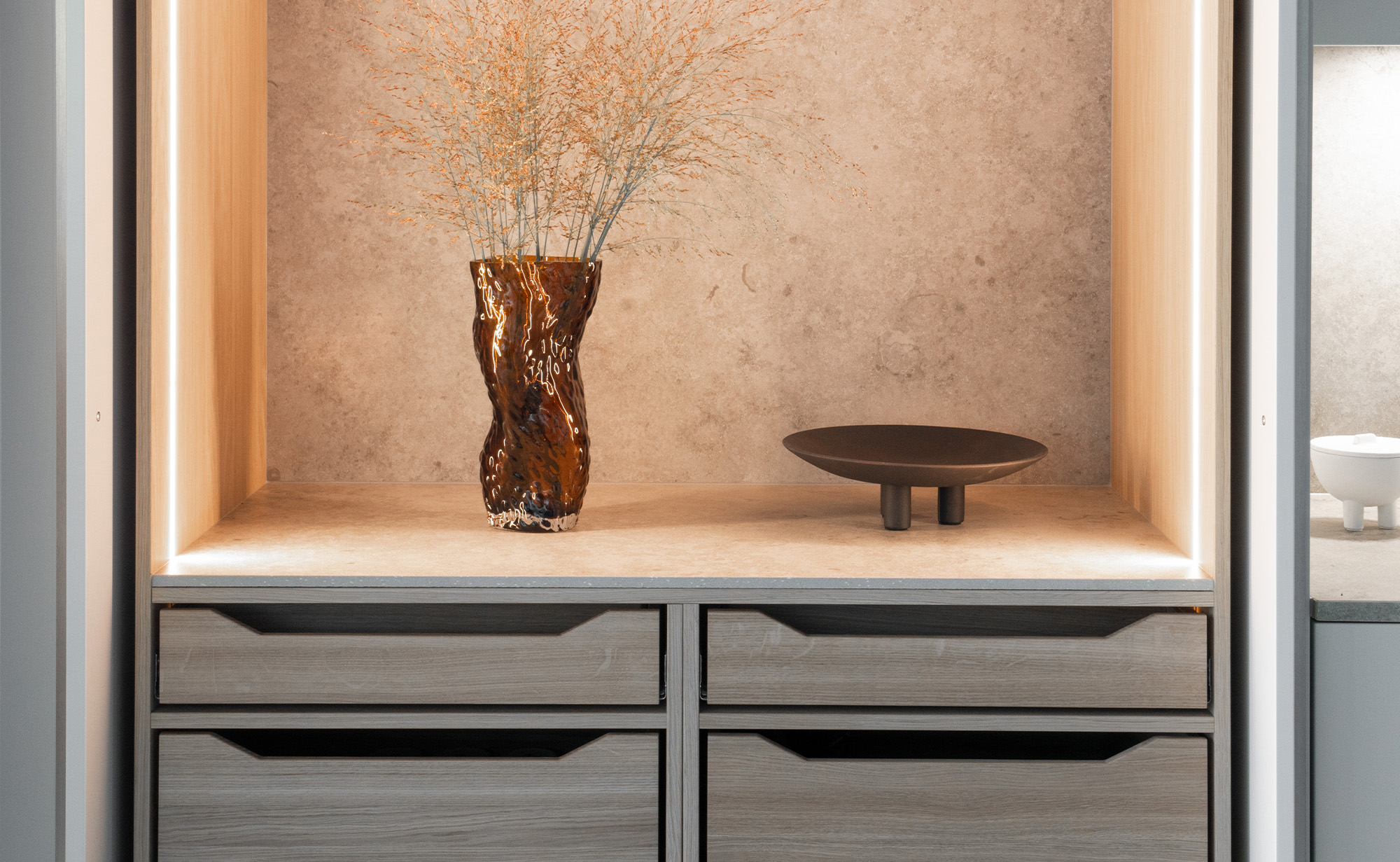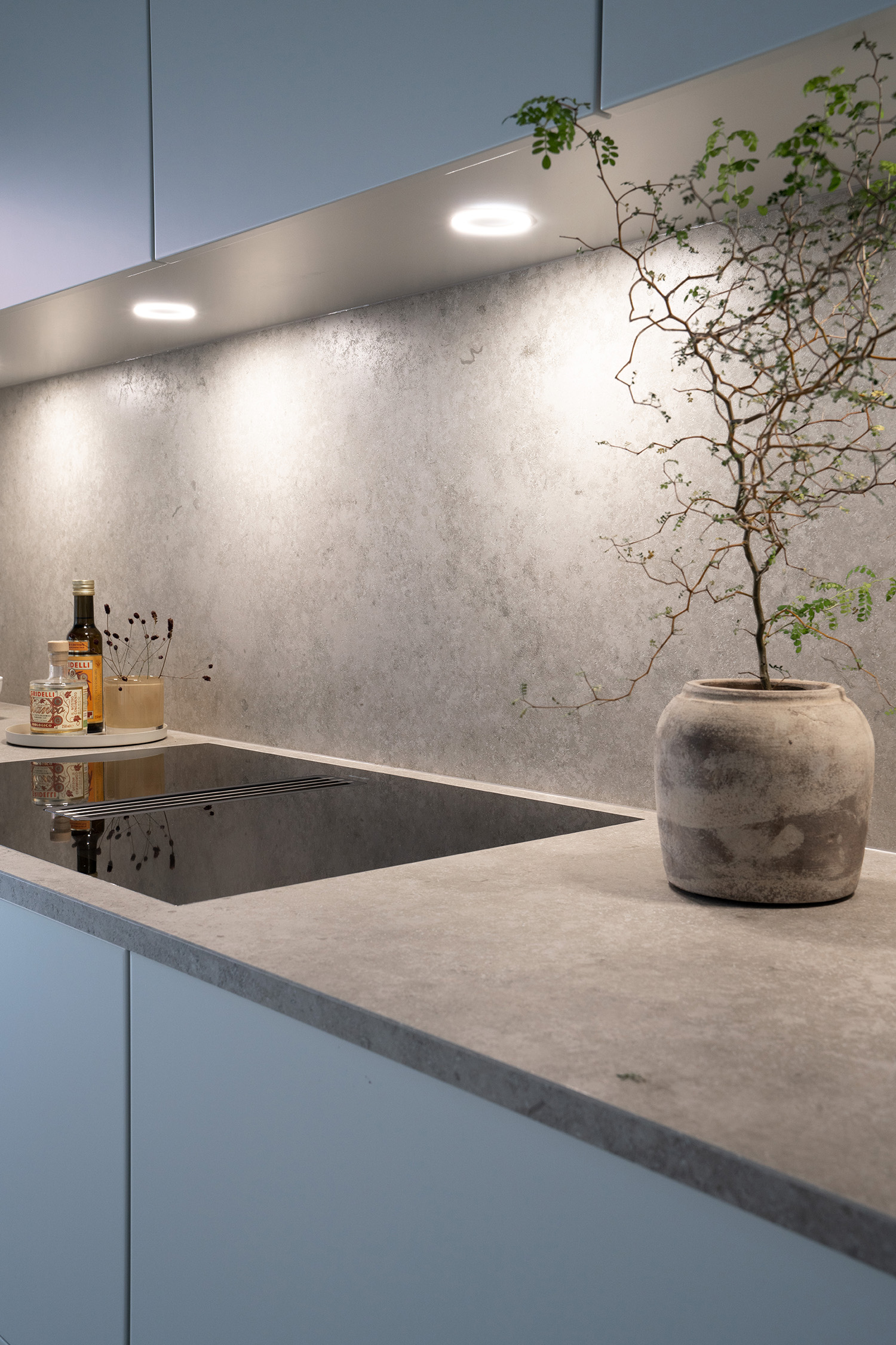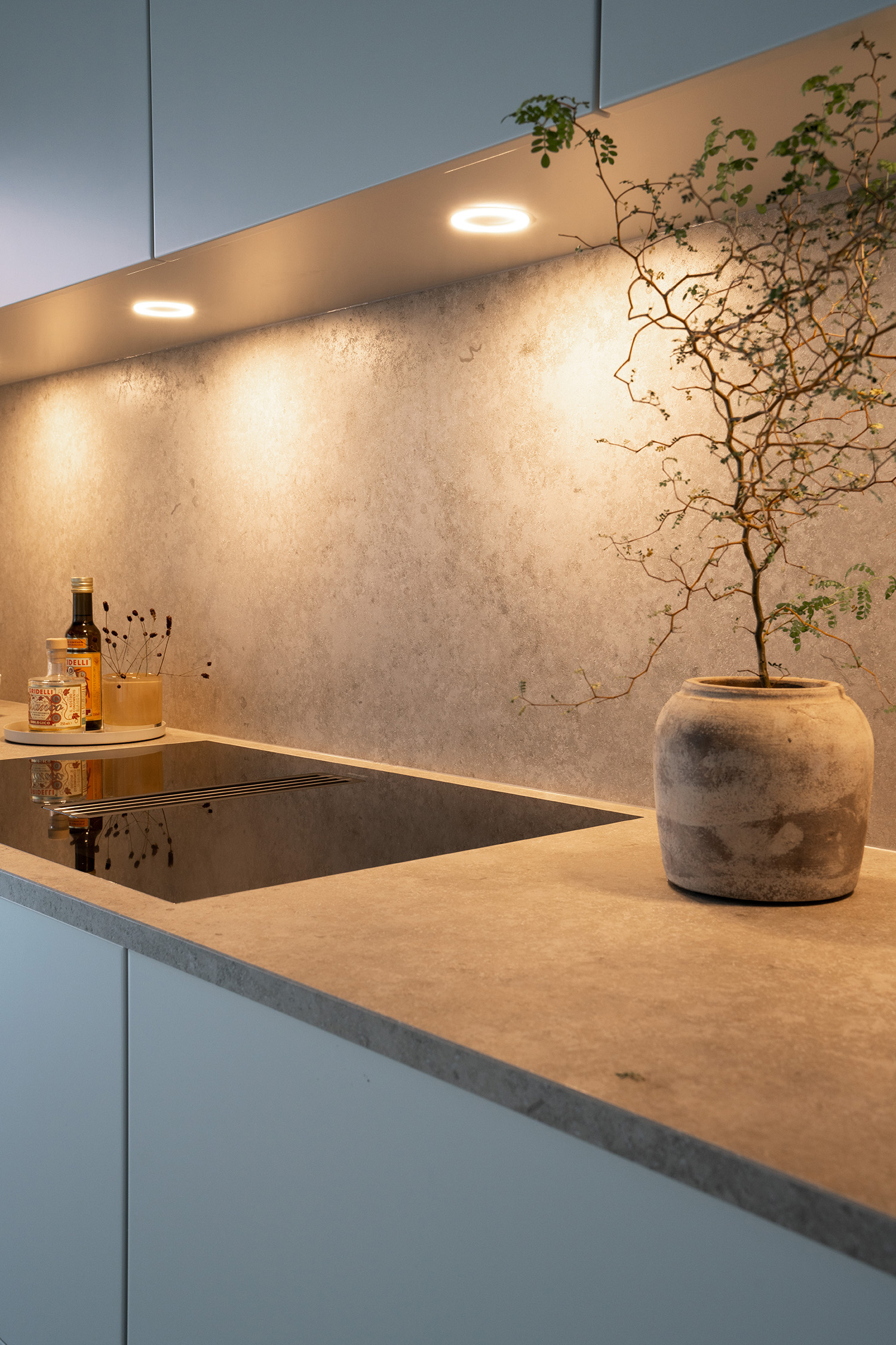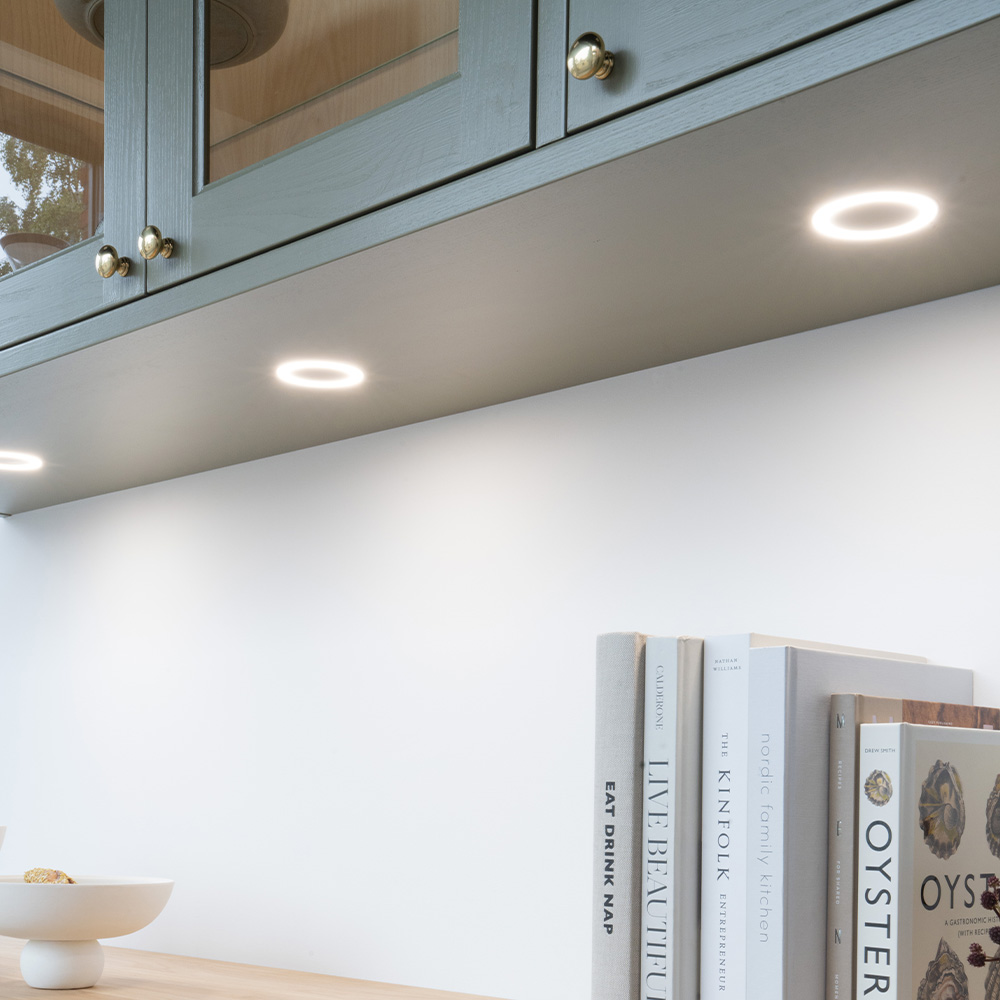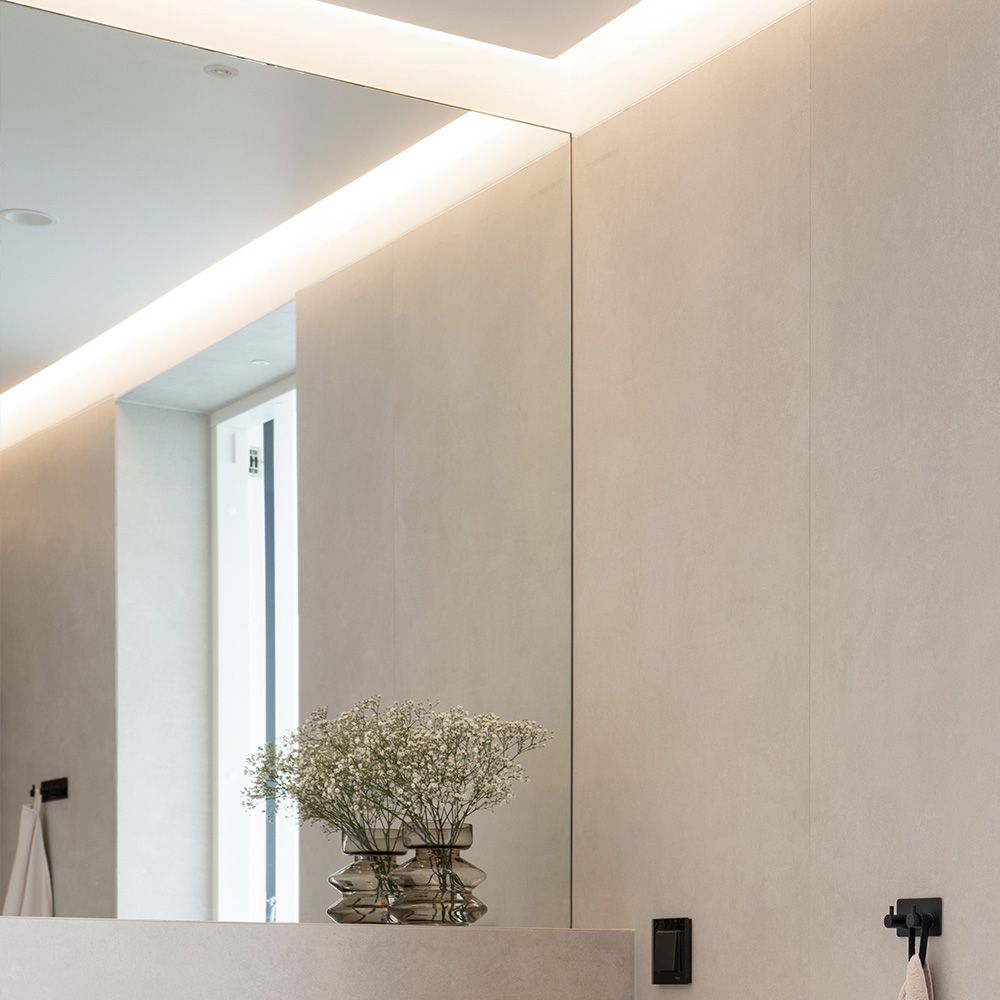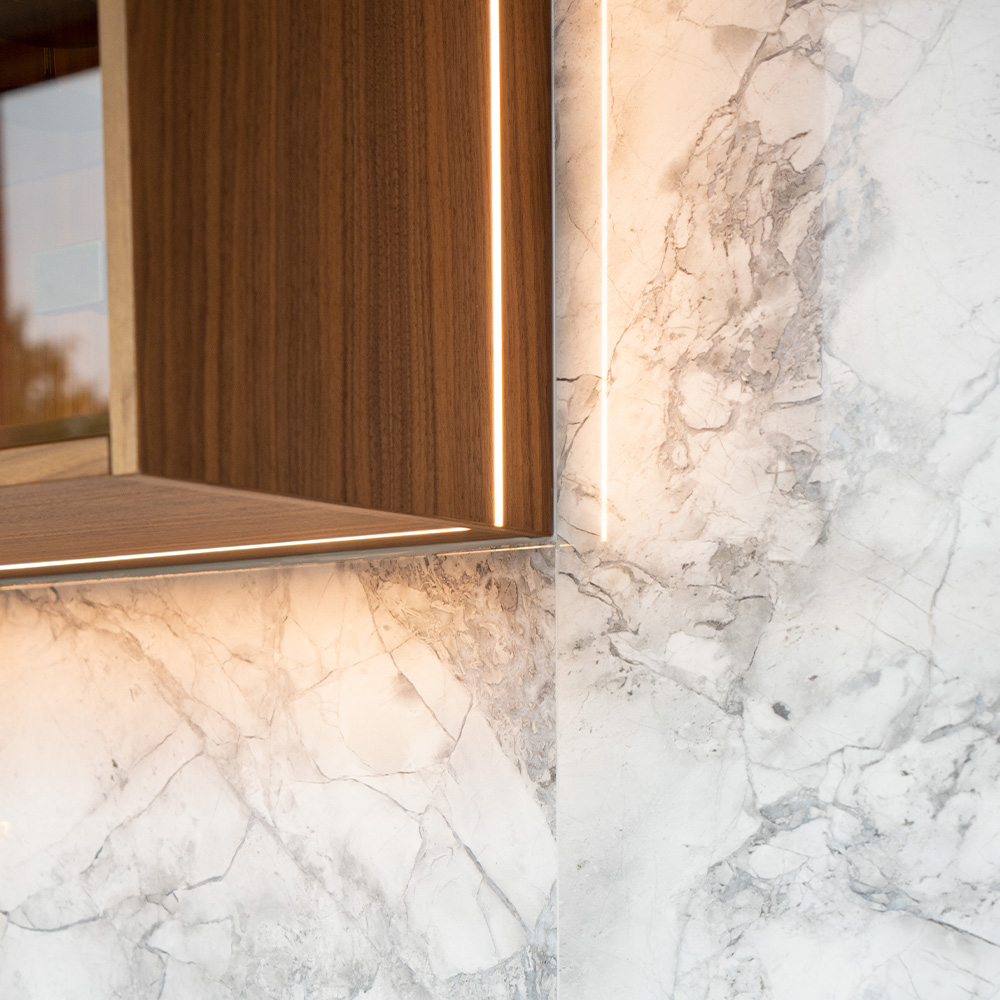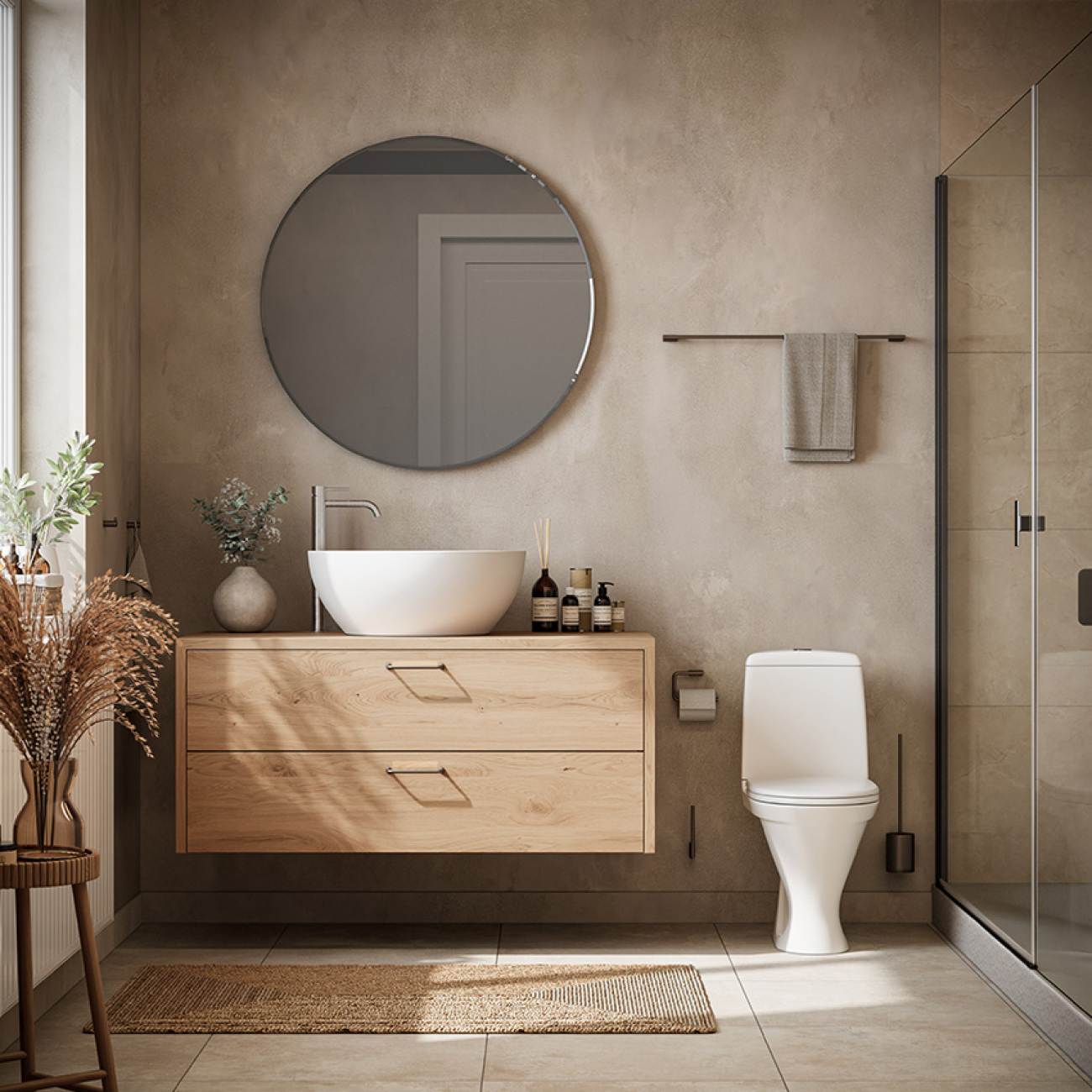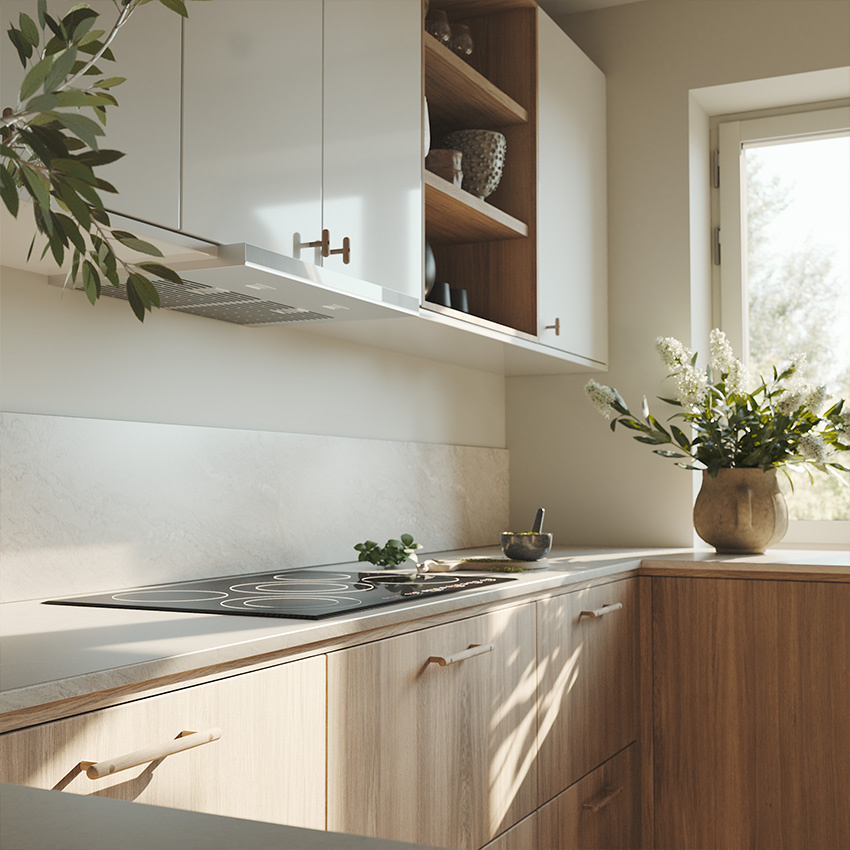
Wooden hardware – a tribute to genuine materials
We are proud to introduce our new Wood concept – a collection of handles and knobs crafted from oak, untreated oak, and walnut. With a focus on sustainability, authentic materials, and timeless design, we aim to highlight the essence of Scandinavian minimalism: simplicity, functionality, and respect for nature’s own resources.
Read more

